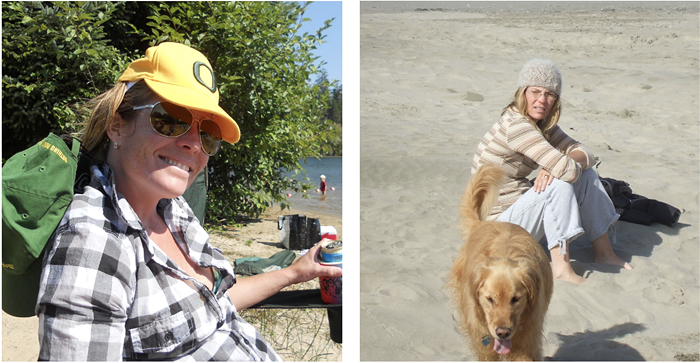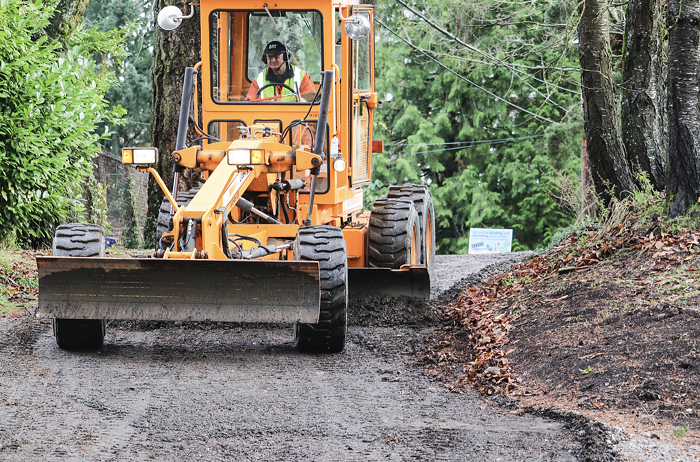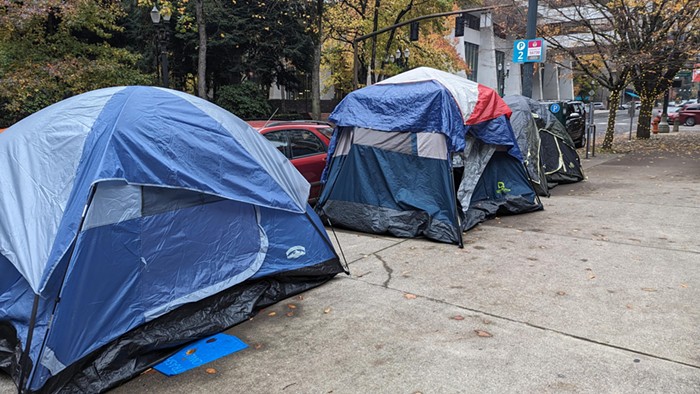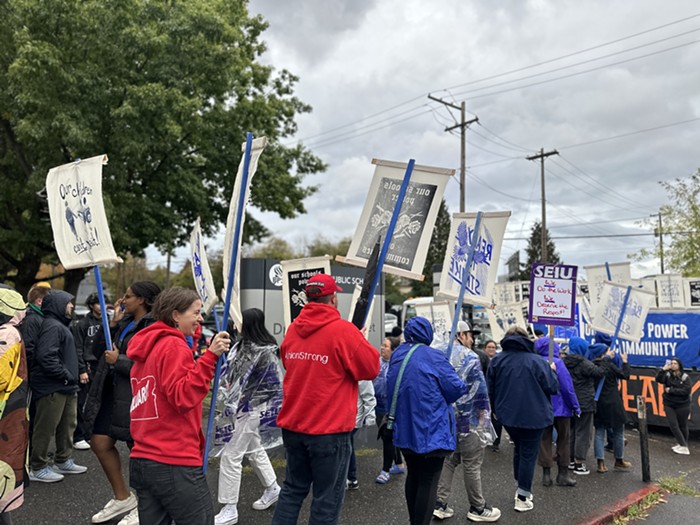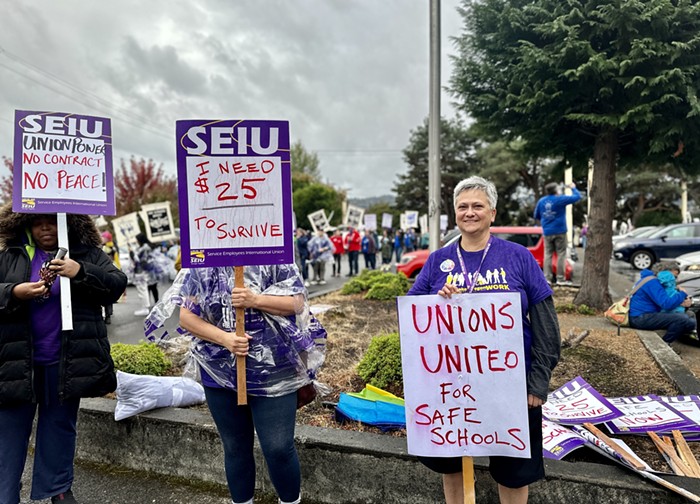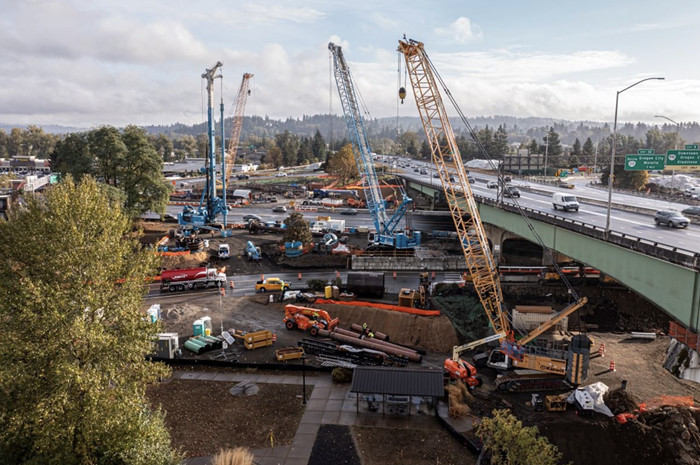
Four hundred and 89 days after the first COVID-19 case was discovered in Oregon, the state is officially reopening. As of today, almost all COVID safety precautions—including masks, physical distancing, and capacity limits—have been lifted across the state.
Governor Kate Brown hosted a reopening event at Providence Park to celebrate the milestone, as well as reflect on the pandemic.
“The Oregon way of staying home helped us to save lives, and helped us to lead the nation with some of the lowest infection rates, and lowest mortality rates throughout the entire pandemic,” Brown said to a group of mostly unmasked healthcare workers, community members, and press. According to Brown, Oregon’s safety efforts during the pandemic helped avoid an estimated 4,000 COVID deaths.
As of today, 2,774 Oregonians have died from COVID. Prior to taking a moment of silence for the lives lost, Director of the Oregon Health Authority (OHA) Patrick Allen noted that if the group took one minute of silence for every life lost, the group would remain in vigil for over 46 hours.
“That 46 hours is just a fraction of the lifetimes left unlived, the joys left unfelt, and togetherness left unshared,” Allen said.
While Brown highlighted Oregon’s ability to send ventilators to New York in the beginning of the pandemic and vaccinate over 2.3 million Oregonians, other speakers focused on some of the pandemic’s silver linings.
Rukaiyah Adams, the chief investment officer at Meyer Memorial Trust, acknowledged the innovation that the pandemic inspired, like new technologies for online learning, virtual civic events that make it easier for community members to attend, and the creation of mutual aid networks which have reconnected communities. The disproportionate impacts of the pandemic on Oregon’s communities of color also prompted the state’s leaders to form better connections with community stakeholders, according to Adams.
“The staggering breadth of the pain in the pandemic and shutdown did not happen in one day,” Adams said. “That is also true of our recovery.”
As the pandemic moves from a crisis situation to a more manageable public health issue, health officials are focusing their attention toward reducing the inequities in vaccination rates.
“We must celebrate how much and how far we have come, but we must also confront the health disparities that this pandemic has uncovered, especially among our Black, Native, and Latino Oregonians,” said Judy Guzman-Cottrill of the Oregon Health and Science University. “Vaccine availability does not equal vaccine access.”
Brown and the OHA have set a goal of closing the vaccine equity gap amongst Oregonians of color by relying on community-based vaccination centers to reach populations who are more skeptical of public health efforts. The OHA aims to vaccinate 8 in 10 Oregonians of color by the end of August.
“As we enter a new chapter today, our work is not finished,” Brown said. “We will be relentless in our efforts to finish the job, closing our equity gaps, and reaching every Oregonian with information and a vaccine. That means we need to continue this effort, person to person, neighbor to neighbor, door to door.”

